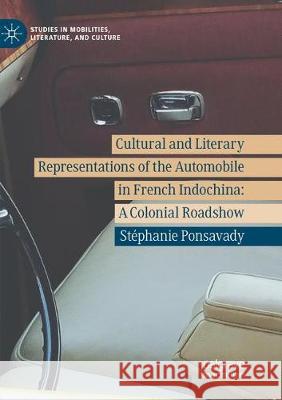Cultural and Literary Representations of the Automobile in French Indochina: A Colonial Roadshow » książka
topmenu
Cultural and Literary Representations of the Automobile in French Indochina: A Colonial Roadshow
ISBN-13: 9783030068752 / Angielski / Miękka / 2018 / 230 str.
Cultural and Literary Representations of the Automobile in French Indochina: A Colonial Roadshow
ISBN-13: 9783030068752 / Angielski / Miękka / 2018 / 230 str.
cena 201,72 zł
(netto: 192,11 VAT: 5%)
Najniższa cena z 30 dni: 192,74 zł
(netto: 192,11 VAT: 5%)
Najniższa cena z 30 dni: 192,74 zł
Termin realizacji zamówienia:
ok. 22 dni roboczych
Bez gwarancji dostawy przed świętami
ok. 22 dni roboczych
Bez gwarancji dostawy przed świętami
Darmowa dostawa!
Kategorie:
Kategorie BISAC:
Wydawca:
Palgrave MacMillan
Seria wydawnicza:
Język:
Angielski
ISBN-13:
9783030068752
Rok wydania:
2018
Wydanie:
Softcover Repri
Numer serii:
000838903
Ilość stron:
230
Oprawa:
Miękka
Wolumenów:
01











